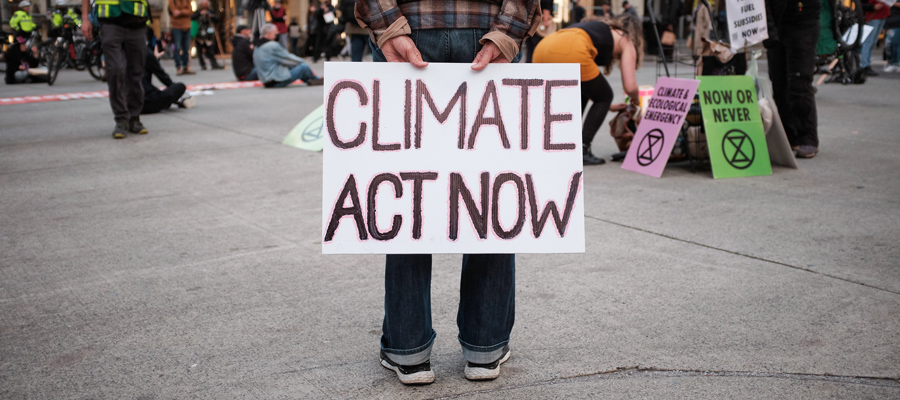Canada-US Clean Energy Dialogue – worrisome signs
In February 2009 the US and Canada initiated a joint effort to deal with climate change issues through the US-Canada Clean Energy Dialogue (CED). The CED`s working group issued its Action Plan on Sept. 16th. Much of the plan is encouraging, particularly priorities around clean energy technologies and research and development. But there are a few things in this document that are decidedly worrisome.
1) In the introduction there is a reference to ‘ambitious emissions reduction goals for 2050, `’ (good), but goes on to say this will be accomplished through `work to institute flexible, market-based systems to bring about economically and environmentally effective mitigation.’ That is, it will be market incentives for the private sector, rather than planning and regulation, that will meet environmental needs.
2) The section on the Electricity Grid says the Working Group, through `public-private dialogue` will work on several things, including:
• Greening electricity supply
• Developing new grid capacity with smart grid technologies
• Improving system flexibility through a better understanding of existing and potential electrical storage capability. It says specifically that the US Department of Energy and Natural Resources Canada ‘will engage industry and other levels of government to improve understanding of the existing storage potential, particularly existing live storage potential, across the Canada-US grid and the role it may play in the expansion of emerging renewable energy capacity across the continent.’
3) The Report also calls for ‘increasing opportunities for trade in clean electricity.’ To do this, it will set up research centres in at least two universities with the objective of expanding and promoting cross-border electricity trade and the modernization of the electricity grid.
All of this seems to indicate that the current cross-border trade in electricity is going to pick up considerably in the coming years, through greater interties between the two countries. It also seems to indicate that it will be the private sector in both countries that will be generating this new electricity. The focus on the existing and future storage capacity is particularly worrisome. It is only with access to expanded storage capacity that wind energy, for example, will truly make sense for private producers. Having access to storage capacity has long been a demand of the private sector in BC. But as the cross-border trade intensifies, the demand for storage access by both domestic and foreign firms will clearly rise. Existing storage will not have the capacity needed, so basically, this means we can expect to see more dams in Canada.
My sense is that in the name of `green energy` Canada is going to see a much greater exploitation of our water systems than we had ever expected. US electricity generating firms will also need access to `storage, ` and Canada still has room for more dams. The restrictions on the interties at the moment act as a protection for our public electricity systems and wild rivers, but as the transmission system expands to permit more exports, we may well see a massive exploitation of our valleys and rivers such as we have never imagined.
Topics: Climate change & energy policy, Environment, resources & sustainability


